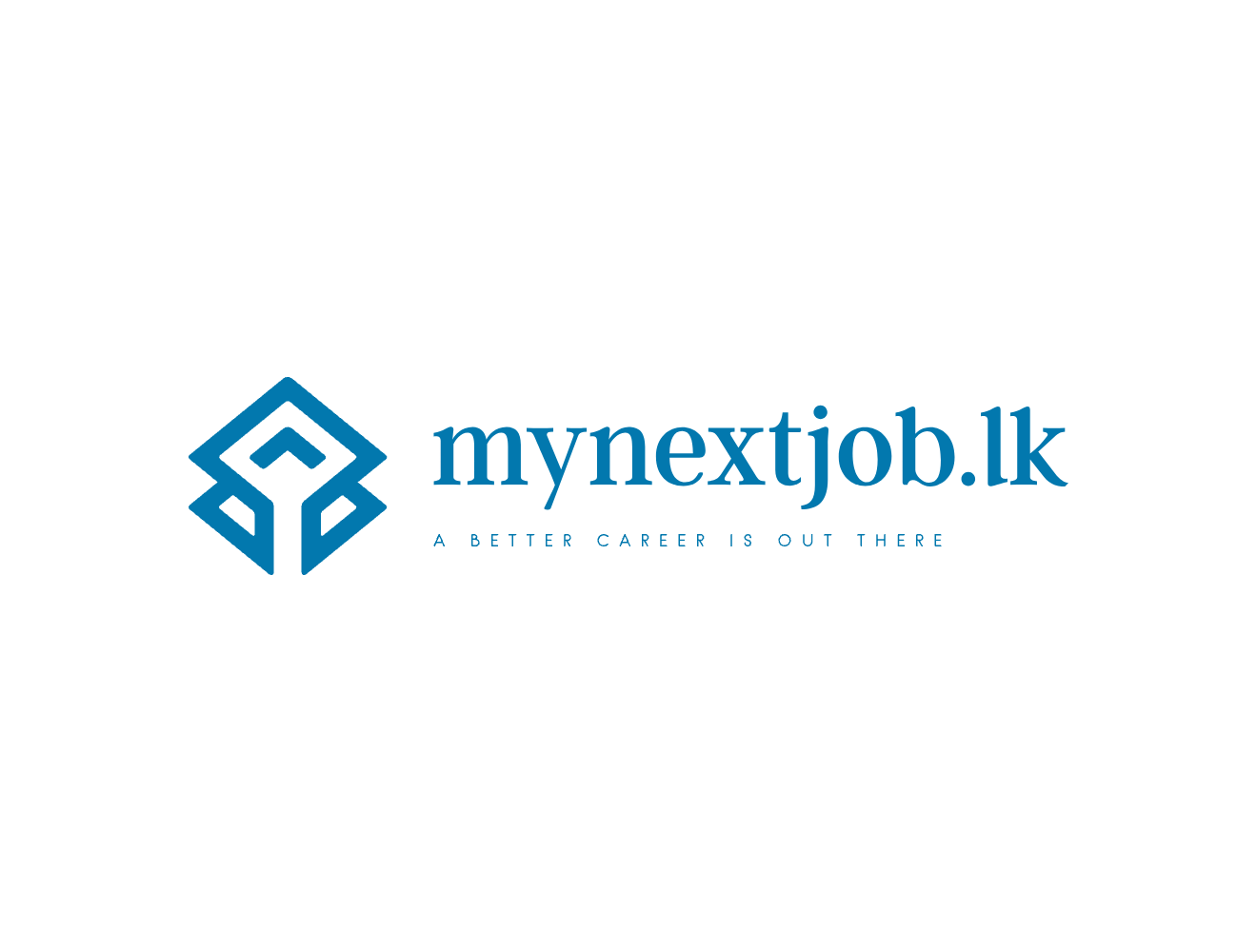Understanding the Importance of Innovation
Innovation serves as the lifeblood of modern organizations, driving both growth and sustainability. In an increasingly competitive market landscape, the ability for companies to innovate determines not only their relevance but also their survival. Organizations that prioritize a culture of innovation can see marked improvements in several critical areas. Notably, innovation enhances competitiveness, enabling firms to do things more efficiently and offer unique products or services that set them apart from their rivals.
Moreover, innovation bolsters an organization’s adaptability. Markets are dynamic, characterized by continuous shifts in consumer preferences, technological advancements, and regulatory changes. A company entrenched in a culture of innovation is better equipped to anticipate and respond to these fluctuations. By fostering innovative thinking, businesses can continuously evolve their strategies, ensuring they remain aligned with market demands and thus, sustain their relevance over time.
Besides adaptability and competitiveness, another significant benefit of innovation is its impact on problem-solving capabilities. Organizations that encourage innovative thinking tend to develop more effective and creative solutions to challenges. This not only improves operational efficiency but also positions the company as a leader in best practices and innovative solutions. This proactive approach to problem-solving can prevent minor issues from escalating into major disruptions, thereby maintaining operational stability and productivity.
Real-world examples abound that illustrate the positive outcomes of fostering innovation. Companies like Google and Apple have institutionalized innovative practices, leading to groundbreaking products and services that have transformed industries. Google’s encouragement of ‘20% time’, where employees can spend a fifth of their work hours on projects of their choosing, is a testament to this. This policy has led to remarkable projects, such as Gmail and Google News. Similarly, Apple’s commitment to continuous innovation has positioned it as a market leader, with a robust portfolio of pioneering products and a loyal customer base.
In summary, the importance of innovation cannot be overstated. It is a key driver of competitiveness, adaptability, and enhanced problem-solving capabilities within organizations. By embracing innovation, companies can not only meet current demands but also set the stage for long-term success and sustainability.
Creating a Culture That Embraces Innovation
To foster an environment rich in innovation, a supportive organizational culture is an imperative starting point. The leadership of an organization plays a crucial role in establishing this culture. Leaders must not only endorse the value of innovative thinking but also model these behaviors themselves. When leaders demonstrate a willingness to explore new ideas, their actions serve as a powerful signal throughout the organization.
Open communication is another cornerstone. An environment where open dialogue is encouraged allows ideas to surface organically. Employees must feel free to voice their thoughts without the fear of rejection or ridicule. Psychological safety is an essential element of this dynamic. When employees are certain that taking risks and proposing out-of-the-box solutions will not be met with criticism or punitive measures, they are more likely to engage in creative thinking.
Encouraging risk-taking can further drive innovation. However, this does not imply a reckless approach but rather a structured method where calculated risks are valued over a fear-based inertia. Leadership must communicate clearly that the potential for failure is an acceptable part of the innovative process. Celebrating attempts that do not meet expectations but still push boundaries can fuel a culture of continuous improvement and learning.
Recognition and rewards also play a pivotal role in motivating employees to innovate. Practical initiatives could include setting up awards for the most creative ideas or offering incentives for implemented innovations that yield positive results. Regularly highlighting innovative contributions during meetings or internal communications can build a recurring momentum for creative efforts.
Creating a culture of innovation is not a one-time effort but an ongoing process. Leaders need to engage in continuous reflection and make adjustments based on employee feedback and evolving organizational needs. By embedding these principles into the organizational fabric, companies can sustain a climate where creativity and innovation thrive.
Implementing Structures and Processes for Innovation
Fostering innovation within an organization requires the establishment of dedicated structures and processes specifically designed to promote creative ideation and the practical application of new concepts. A critical first step is the creation of innovation labs, which serve as hubs where ideas can be developed, tested, and refined. These labs can operate as semi-autonomous units within the company, structured to allow for a degree of flexibility and experimentation that is often not feasible within the more rigid framework of the core business operations.
Additionally, forming dedicated innovation teams or cross-functional groups can significantly boost innovative output. These teams, comprising diverse skill sets and perspectives, are tasked with driving the innovation agenda. By bringing together employees from various departments—such as R&D, marketing, operations, and customer service—organizations can leverage a wide range of expertise and foster a collaborative environment conducive to breakthrough ideas.
Streamlining processes for idea generation, prototyping, and iteration is also crucial. This can be achieved by instituting formal systems that facilitate seamless idea submission, rapid assessment, and effective implementation. Organizations should develop clear guidelines and platforms for employees to propose new ideas. These submissions should then undergo a transparent evaluation process where the feasibility, potential impact, and alignment with company goals are assessed. Successful ideas can then move on to prototyping, where rapid iteration cycles enable swift refinement and optimization.
Moreover, to truly embed innovation within the organizational culture, it is essential to integrate innovation into the company’s core strategy. This entails not only prioritizing innovation at the strategic planning level but also allocating adequate resources—such as funding, time, and personnel—to support innovative initiatives. By doing so, companies can create an environment where innovation is not an occasional activity but rather a continuous and integral part of day-to-day operations.
Leveraging Technology and Resources
In today’s rapidly evolving business landscape, leveraging technology and resources is crucial for fostering innovation in the workplace. Technology can serve as a powerful enabler, providing a myriad of tools and platforms designed to stimulate innovative thinking and enhance collaboration among employees. One such tool is project management software, which helps teams organize, track, and complete projects efficiently. Popular project management platforms like Asana, Trello, and Monday.com provide structured environments where ideas can be nurtured from conception through execution, allowing for real-time updates, task assignments, and progress tracking.
Collaboration tools are another essential element in fostering innovation. Applications such as Slack, Microsoft Teams, and Zoom have revolutionized the way teams communicate and collaborate, breaking down geographic barriers and enabling seamless interaction. These platforms facilitate brainstorming sessions, virtual meetings, and collaborative document editing, making it easier for teams to exchange ideas and work together creatively towards common goals.
Data analytics also plays a pivotal role in inspiring and informing new ideas. By leveraging big data and analytical tools, companies can gain insights into market trends, customer preferences, and operational efficiencies. Tools like Google Analytics, Tableau, and Power BI help businesses make data-driven decisions and uncover opportunities for innovation. For example, insights gained from customer data can lead to the development of new products or enhancements to existing services, ultimately driving competitive advantage.
The importance of continuous learning and development cannot be overstated when it comes to fostering innovation. Providing employees with access to training programs, workshops, and online courses equips them with the knowledge and skills needed to think creatively and implement innovative solutions. Companies can leverage platforms like Coursera, LinkedIn Learning, and Udemy to offer personalized learning experiences that align with their strategic goals. By fostering a culture of continuous improvement and lifelong learning, organizations can ensure that their workforce remains adaptable, skilled, and ready to drive innovation.











